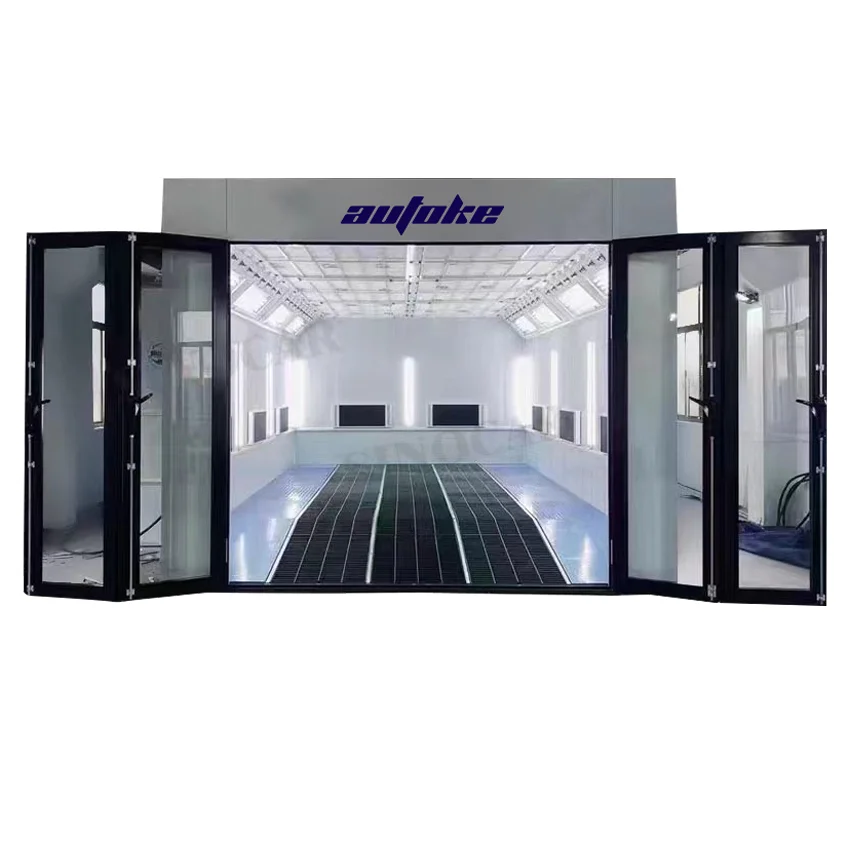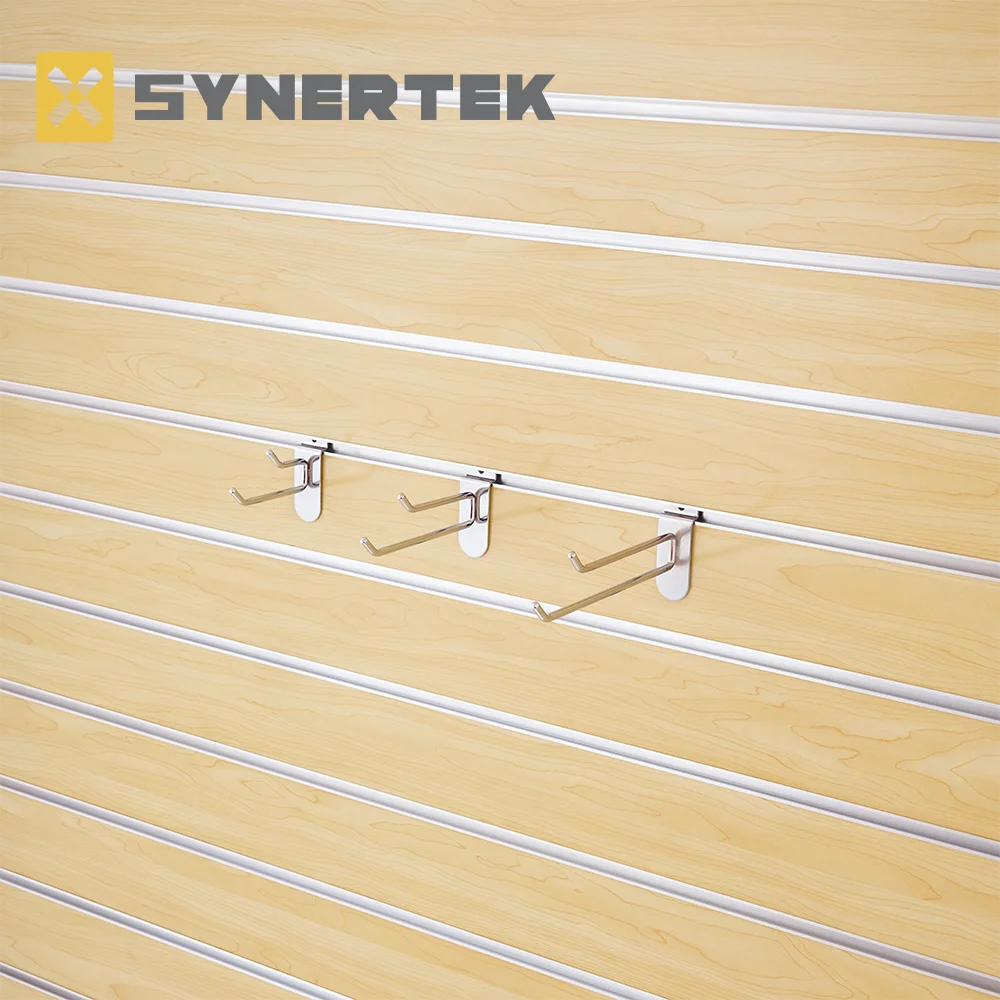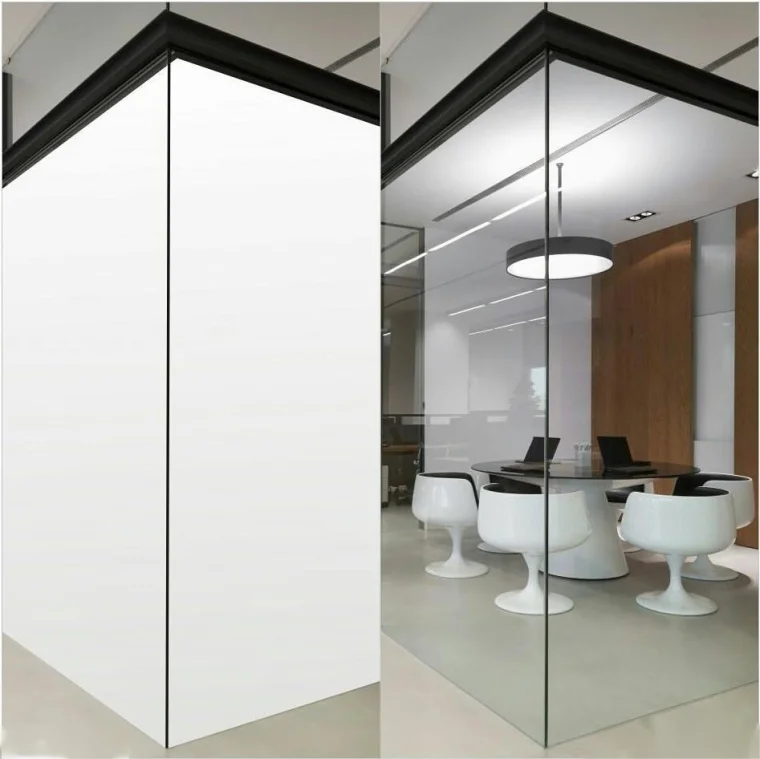Exploring the Best Materials for Exterior Walls: A Comprehensive Guide for Modern Construction
When it comes to constructing a building, the choice of materials for exterior walls is paramount. Not only do these materials contribute to the aesthetic appeal of a structure, but they also play a crucial role in its durability, energy efficiency, and overall performance. In this article, we will delve into the various materials used for exterior walls, examining their properties, benefits, and applications to help you make an informed decision for your next construction project.
- Traditional Materials: Brick and Stone
Brick has long been a favored choice for exterior walls due to its timeless appeal and robust nature. Made from fired clay, bricks are known for their excellent thermal mass, which helps regulate indoor temperatures. They also offer fire resistance and low maintenance requirements. However, the installation process can be labor-intensive, and the initial costs may be higher than other materials.
Stone, whether natural or manufactured, provides a unique aesthetic that can enhance the character of any building. Natural stone, such as granite or limestone, is incredibly durable and offers superior weather resistance. However, it can be expensive and requires skilled labor for installation. Manufactured stone, on the other hand, is lighter and often more affordable, making it a popular alternative for achieving a similar look without the hefty price tag.
- Modern Materials: Concrete and Steel
Concrete is another widely used material for exterior walls, particularly in commercial and industrial applications. Its versatility allows for various finishes, including smooth, textured, or even painted surfaces. Concrete walls provide excellent insulation properties and can be reinforced for added strength. However, they may require additional treatments to prevent moisture penetration and cracking.
Steel, often used in conjunction with other materials, offers a contemporary aesthetic and exceptional strength-to-weight ratio. Steel framing allows for larger open spaces and can be prefabricated for quicker assembly. However, it is essential to consider corrosion resistance and insulation when using steel as an exterior wall material.
- Sustainable Options: Wood and Fiber Cement
Wood is a classic choice that brings warmth and natural beauty to exterior walls. It is renewable and can be sourced sustainably, making it an eco-friendly option. However, wood requires regular maintenance to prevent rot, insect damage, and weathering. Treatments such as staining or sealing can enhance its longevity but may add to the overall cost.
Fiber cement is a composite material made from cement, sand, and cellulose fibers. It mimics the appearance of wood or stucco while offering superior durability and resistance to pests and fire. Fiber cement is low-maintenance and can withstand harsh weather conditions, making it an excellent choice for various climates.
- Innovative Solutions: Insulated Panels and Green Walls
Insulated panels are gaining popularity in modern construction due to their energy efficiency and ease of installation. These panels consist of a layer of insulation sandwiched between two outer layers, providing excellent thermal performance. They are particularly beneficial for commercial buildings seeking to reduce energy costs.
Green walls, or living walls, are an innovative approach to exterior design that incorporates vegetation into the building's facade. These walls not only enhance aesthetic appeal but also improve air quality and provide insulation. However, they require careful planning and maintenance to ensure the health of the plants and the integrity of the wall structure.
Conclusion: Choosing the Right Material for Your Project
Selecting the appropriate material for exterior walls involves a careful consideration of various factors, including climate, budget, aesthetic preferences, and sustainability goals. Each material has its unique advantages and challenges, and the best choice will depend on the specific requirements of your project.



